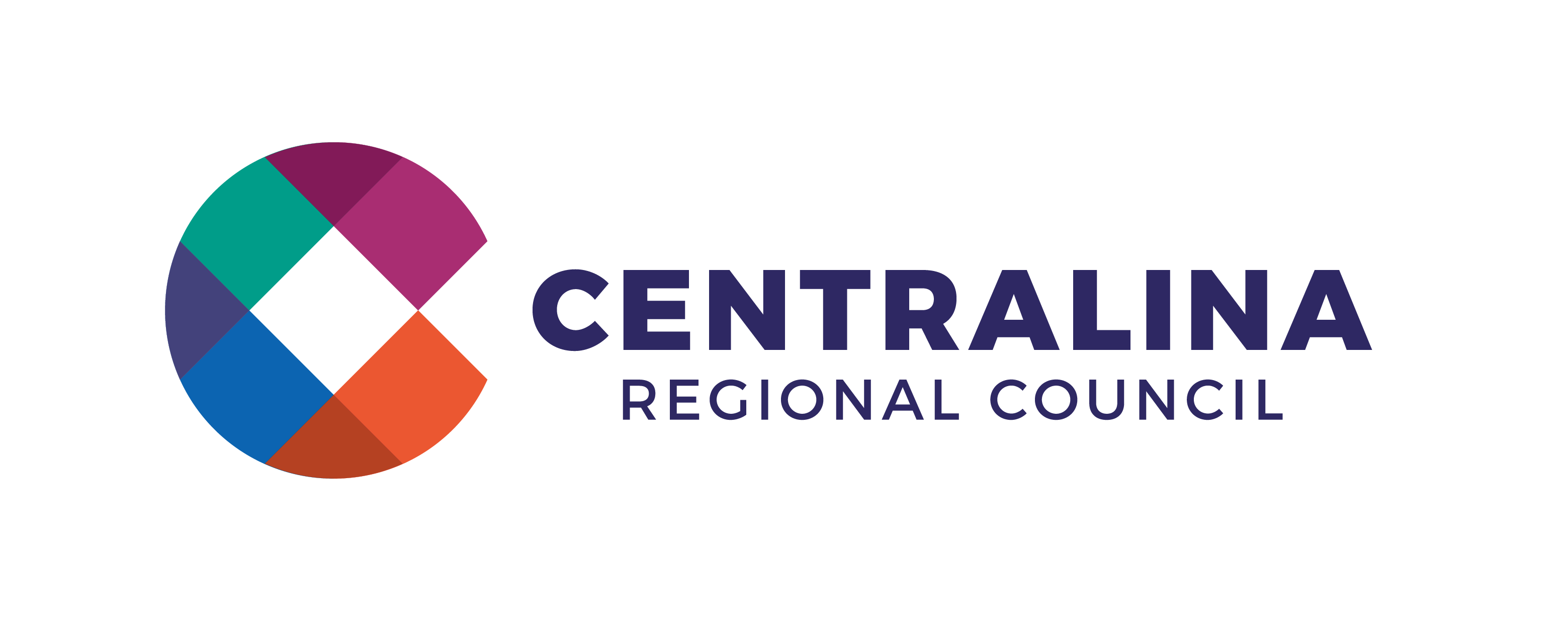As the gap between housing construction and demand continues to widen across the United States, many local communities are faced with housing shortages. In turn, homeowners and renters alike are experiencing significant affordability challenges. The affordable housing crisis impacts everyone by perpetuating inequities, diminishing quality of life of residents and threatening the economy by limiting equal opportunity access. Local officials are motivated to address these shortages to halt these negative outcomes in their communities.
Centralina’s Board of Delegates Meeting to Address Affordable Housing
On May 8th, 2024, the Board of Delegates participated in a housing symposium at Centralina offices. Led by the Community Economic Development Department, the group discussed affordable housing challenges and solutions across the region. It was made evident that challenges and opportunities differ across landscapes depending on land availability, population density and other unique factors. Delegates ranked their top three priorities for supporting affordable housing needs in their communities. The following shows how the priorities were ranked among the group:
|
Priority |
Priority Item |
|
1 |
Foster partnerships that enhance grant opportunities and technical assistance |
|
2 |
Create opportunities to develop strategies and implementation plans |
|
3 |
Participate in educational housing related learning opportunities |
|
4 |
Support grant research, writing and administration |
|
5 |
Enhance local limited resources with capacity building |
National Context
To give a national context to our regional discussion, the following data points were found through the National League of Cities’ Housing Supply Pulse Survey that was distributed to local leaders across the United States between January and February of 2023:
- In the Southern region of the U.S., ‘poor housing quality’ was named as the top housing supply challenge and ‘construction obstacles such as a lack of developers’ was named as the top housing supply hurdle to overcome;
- Local leaders surveyed believe that they are primarily responsible for land use and zoning solutions to alleviate housing shortages;
- State and federal governments were named as the number one funding source for local housing supply; and
- When asked what type of support local officials desire from state and federal governments, the following were the top three:
-
1. Direct grants awarded to local governments;
-
2. Technical assistance funding to examine and modernize local policies and practices; and
-
3. Improved access to credit for small developers.
Source: National League of Cities, Housing Supply is a High Priority for Local Governments (August 2023)
Local Context: The Centralina Region
Fifty percent of delegates in attendance indicated that their community experiences challenges in addressing affordable housing strategies and solutions. Acknowledging the supply gap and recognizing the limitations local governments have in solving the crisis on their own, the group discussed locally driven solutions that meet unique community needs.
Housing preservation is a priority across the Centralina region. As the population ages, utilizing initiatives such critical home repair programs bolster the preservation of homes and further supports aging in place. Code enforcement and re-evaluation were named as tools used by communities in our region to rehabilitate and preserve eligible homes. Funding sources such as the Community Development Block Grant, the HOME program and the Emergency Solutions Grant are utilized widely across the region to fund preservation initiatives for existing homes.
Innovative housing solutions have taken form in many ways, including examining land use and regulations through a lens that bolsters construction and development of housing that meets individual community needs. Many municipalities in our region are considering purchasing land to enhance new affordable housing production. Community Land Trusts are another strategy being implemented in the region. However, education surrounding new affordable homeownership units is needed.
Challenges local communities face also vary significantly across urban, rural and suburban landscapes. It would be a disservice to our local communities to not consider the differences in obstacles faced across our region.
Urban Opportunities
Urban, or more densely populated areas, are overcoming barriers related to high land prices and construction costs. It is incredibly difficult for urban local governments to make investments in affordable housing without substantial financial support or incentives, either from federal or state grant funds or from public-private partnerships. Additionally, urban land is limited, and zoning and land-use regulations often pose significant challenges to our local units in North Carolina. Rethinking zoning and tax-based incentives can further bolster urban affordable housing initiatives. Moreover, private-public partnerships are essential in generating enough revenue for urban units to purchase land and create high-density affordable housing that maximizes the use of urban land. Collaboration between government units and non-profit organizations is another way to leverage partnerships for affordable housing initiatives and solutions. Non-profits, such as Habitat for Humanity and United Way, are available to provide construction services and funding to local units for eligible affordable housing projects. Additionally, our delegates discussed how Community Land Trusts are a great way to increase wealth through ownership and produce more affordable housing units.
Rural Solutions
While rural communities are not facing challenges such as limited and high costs of land, they are experiencing different obstacles. Infrastructure limitations, such as lack of public transit, roads and utilities, pose threats as they increase upfront construction costs and deter private investors and developers. Limited connectivity is an issue that threatens the development of affordable housing in rural communities. However, connecting with rural community members to determine the most connected and least affordable locations in the community can point local officials in the right direction as to where affordable housing should be developed to meet the needs of the community and support the existing economy.
Suburban Strategies
Due to high density and housing costs in urban areas, many people are forced to relocate to suburban communities outside of city limits. The Centralina region contains many suburban communities outside of the Charlotte-metro area. Dispersed, single-family homes threaten housing affordability and perpetuate social inequities that segregate lower income owners. Sustainable strategies and solutions to increase housing affordability in suburban areas include communication and collaboration both with the private sector and non-government organizations, but also with other communities in their region to expand upon mobility and connectivity, public transportation options, mixed-use developments and preservation of existing affordable housing.
On the Horizon
Increasing the supply of affordable housing supports a strong workforce and economy and enhances overall quality of life. Housing issues are complex and unique; therefore, solutions and strategies must also be unique and intentional. It is evident that collaboration, both within local governments, but also across sectors and with non-profit organizations, is critical for this work. For more information and resources relating to affordable housing strategies, visit our member portal.




